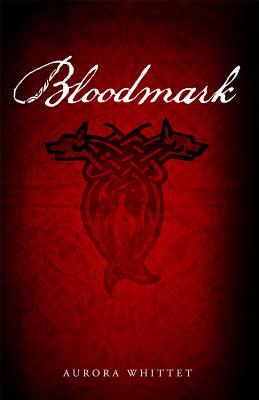
Even among werewolves, Ashling Boru is different. A werewolf princess, she had the ability to shapeshift from birth, instead of puberty. This fulfilled a prophecy of a werewolf who when claimed will rule over all the other werewolves.
To keep her safe, Ashling flees with Baran Killian, an elder werewolf from a pack of which only a handful remain. Leaving her beloved Ireland for Maine, Ashling must attend high school and leave the werewolf princess behind. Against Baran’s wishes, Ash falls in love with Grey, a boy in town who seems more than human. When werewolves with a taste for human flesh track Ashling down, she wonders what is the greatest danger—bringing Grey into her world, or being brought into his.
I am a sucker for Irish werewolves. Only a little bit of the story takes place in Ireland, but I love Celtic werewolves in general. Ashling is a protagonist with strength and compassion. While she does do foolish things she doesn’t wait around to be rescued, and is a character who can fight. The fight scenes are fast paced and well written.
I especially liked the character of Baran—the gentle fatherly biker. The strong family connection between Ashling, her brothers, sister-in-law, and niece is missing from too many YA novels. The book does have a bunch of familiar YA genre tropes, but enough to be comforting without being stagnant. The story moves briskly and the first time I read it I stayed up all night.
The werewolf cosmology/ rules are consistent. Werewolves consider themselves protectors of humanity, while those that eat human flesh are corrupt. Werewolves in this world are immortal, only aging if they don’t shift. The figure of Old Mother as the female creator is fleshed, and werewolves feel like an old culture with a complex history and stories they tell themselves about themselves.
My main complaint is the patriarchy within werewolf society. If they were Mediterranean werewolves I would buy it, but it doesn’t make any sense for Irish. If they are immortals culture change would be slower than human society. It feels like the author looked at Fifteenth Century Irish society and assumed werewolf society would be unchanged since then, without looking further back. While we don’t know the status of women in Pre-Christian Irish society for certain, most of the evidence is divisions were more by rank than gender. Under the Brehon Laws women had the right to divorce and own property, which is more than in the Classical world.
The first book in the series is awesome, the second book is good, and the third…. Read so you know how the characters ended up. In the third book Ashling gains new powers without any real explanation.
I still heartily recommend this series. It is a good set of werewolf tales in a compelling world with good characters.
